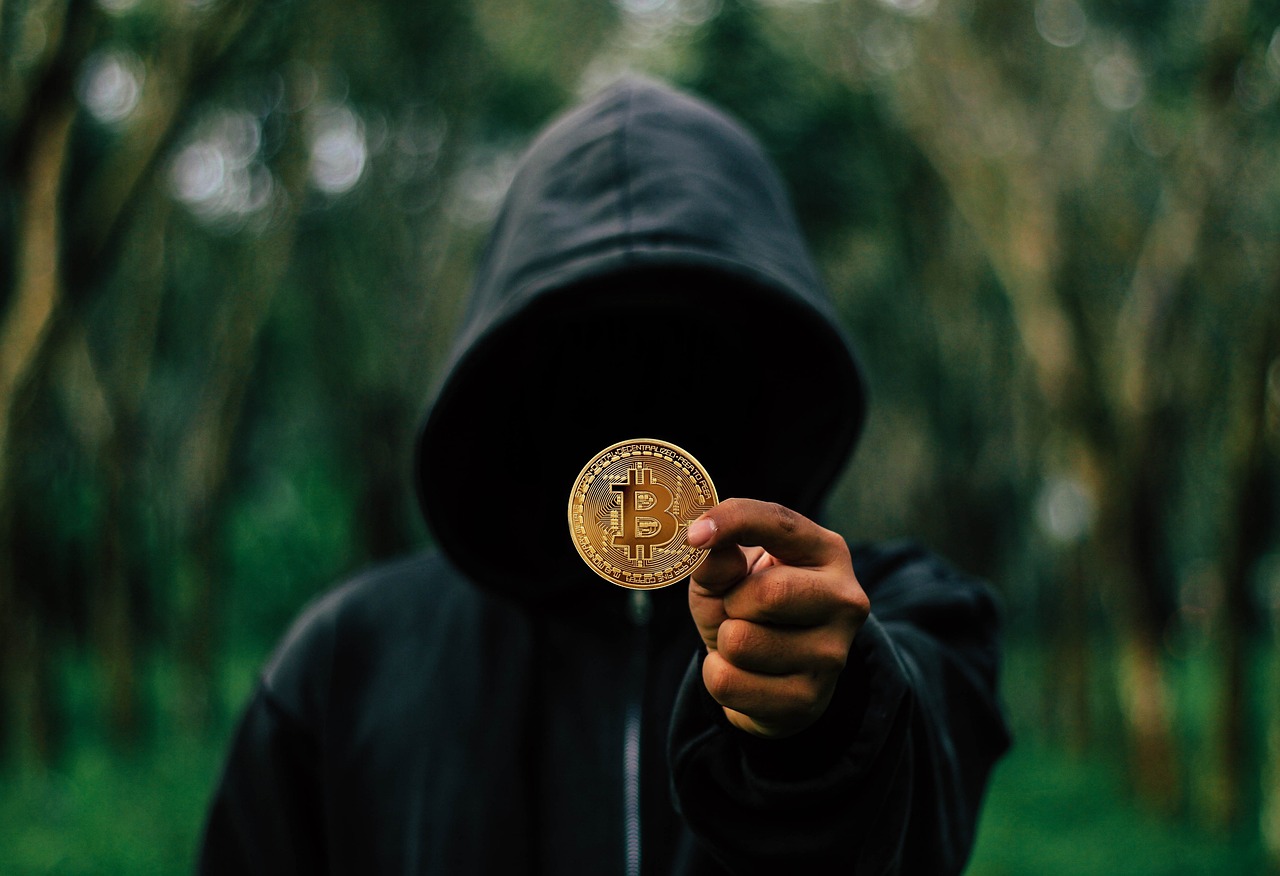Crypto
Atomic Wallet Hack: Stolen Cryptocurrencies End Up at North Korea-Linked Coin Mixer
As the aftermath of the Atomic Wallet hack unfolds, it highlights the ongoing challenges associated with securing crypto assets and the need for constant vigilance in the face of evolving threats. This incident is a reminder to users and service providers alike to prioritize strong security measures and take proactive efforts to protect digital assets from malicious actors.

In a significant development, it has been revealed that the stolen funds from the recent Atomic Wallet hack could be traced back to a coin mixer used by the notorious North Korean Lazarus Group for money laundering purposes. The hack resulted in the loss of about $35 million worth of crypto assets from users of the centralized wallet service since June 2nd.
According to the investigation by Elliptic, a blockchain compliance analysis company, the stolen funds are converted into Bitcoin before being laundered through a platform called “Sinbad.io.” It is worth noting that Sinbad.io was previously used to launder over $100 million in proceeds from Lazarus Group exploits, including funds from the $540 million Axie Infinity hack and the $100 million Horizon Bridge attack.
Elliptic’s findings suggest that Sinbad.io is likely a renamed version of Blender.io, another popular blender commonly used to launder Lazarus Group funds. Interestingly, Blender.io was the first DPRK-affiliated service of its kind to be sanctioned by the U.S. Treasury Department in May of the previous year.
If you want to read more about the Atomic Wallet hack and find the latest business headlines of the day, download for free the Born2Invest mobile app.
Atomic Wallet has announced its cooperation with major exchanges and blockchain analytics companies to track down and block the stolen funds
Atomic Wallet had previously confirmed that it was conducting security investigations and tracking money movements after the hack. However, given Elliptic’s discoveries, it seems unlikely that the wallet service provider will be able to prevent the attackers from exchanging the stolen funds.
There have been conflicting claims regarding the impact of the exploit on Atomic Wallet users. While the wallet service stated earlier this week that less than 1% of its monthly active users were affected, the community has disputed these claims. Some users have reported the loss of tokens and deletion of transaction data, while others have expressed frustration at the complete deletion of their entire crypto portfolio.
Atomic Wallet is referred to as a cold wallet, which means that all passwords and data are stored on the user’s device and not on a central server. The goal of this setup is to reduce the risks associated with custody and the potential loss of funds through centralized services. However, the recent exploit highlights the complexity of the security vulnerabilities that can occur even with cold wallet-style storage.
Atomic Wallet has announced its cooperation with major exchanges and blockchain analytics companies to track down and block the stolen funds. However, it did not specify whether law enforcement agencies were involved in the investigation. In addition, no details on compensation plans for affected users have yet been announced by the platform.
As the aftermath of the Atomic Wallet hack unfolds, it highlights the ongoing challenges associated with securing crypto assets and the need for constant vigilance in the face of evolving threats. This incident is a reminder to users and service providers alike to prioritize strong security measures and take proactive efforts to protect digital assets from malicious actors.
__
(Featured image by Tumisu via Pixabay)
DISCLAIMER: This article was written by a third party contributor and does not reflect the opinion of Born2Invest, its management, staff or its associates. Please review our disclaimer for more information.
This article may include forward-looking statements. These forward-looking statements generally are identified by the words “believe,” “project,” “estimate,” “become,” “plan,” “will,” and similar expressions. These forward-looking statements involve known and unknown risks as well as uncertainties, including those discussed in the following cautionary statements and elsewhere in this article and on this site. Although the Company may believe that its expectations are based on reasonable assumptions, the actual results that the Company may achieve may differ materially from any forward-looking statements, which reflect the opinions of the management of the Company only as of the date hereof. Additionally, please make sure to read these important disclosures.
First published in COIN KURIER, a third-party contributor translated and adapted the article from the original. In case of discrepancy, the original will prevail.
Although we made reasonable efforts to provide accurate translations, some parts may be incorrect. Born2Invest assumes no responsibility for errors, omissions or ambiguities in the translations provided on this website. Any person or entity relying on translated content does so at their own risk. Born2Invest is not responsible for losses caused by such reliance on the accuracy or reliability of translated information. If you wish to report an error or inaccuracy in the translation, we encourage you to contact us.

-

 Business2 weeks ago
Business2 weeks agoLegal Process for Dividing Real Estate Inheritance
-

 Fintech13 hours ago
Fintech13 hours agoJPMorgan’s Data Fees Shake Fintech: PayPal Takes a Hit
-

 Fintech1 week ago
Fintech1 week agoPUMP ICO Raises Eyebrows: Cash Grab or Meme Coin Meltdown?
-

 Africa3 days ago
Africa3 days agoSurging Expenditures Widen Morocco’s Budget Deficit Despite Revenue Growth












